The 23rd
LaureatePainting
Bill Viola
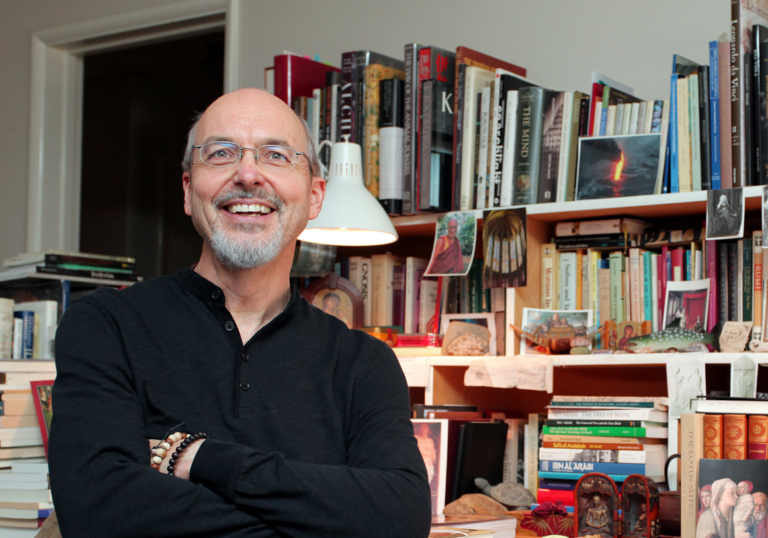
Bill Viola is one of the world’s leading video artists whose works are often referred to as “moving paintings”. Early on,he saw the potential of creating a new form of contemporary art combining images,movement and sound to express the human condition in a new way.
Born in New York in 1951,Viola studied visual art and electronic music at Syracuse University. Since his first public exhibition outside the university in 1972 (“St Jude Invitational,” Santa Clara,California with Wild Horses) his works have been exhibited all over the world. In 1995 he represented the US at the 46th Venice Biennale. Other notable exhibitions include Bill Viola: A 25-Year Survey organized by the Whitney Museum in 1997,New York,Bill Viola: The Passions first shown in 2003,and Bill Viola: Hatsu-Yume (First Dream) at Mori Art Museum in Tokyo in 2006.
His works are highly original and have included videotapes,video installations,sound environments,and works for television broadcast. He often uses the elements of fire,water and light in his work to explore the themes of birth death and rebirth. In 1980,Viola married Kira Perov and they began a lifelong artistic collaboration. Viola says that the death of his mother and his subsequent work The Passing (1991) was a turning point. “That was the moment I understood art. Everything became real,and I realized that my video work as an artist and my private life at that time were the same. It changed my life dramatically.”
Viola is currently in production for two video chapels in St. Paul’s Cathedral in London,to be completed in 2012.
Biography
Bill Viola is one of the world’s leading video artists whose works are often referred to as “moving paintings”. Early on,he saw the potential of creating a new form of contemporary art combining images,movement and sound to express the human condition in a new way.
He was born in New York in 1951,and studied visual art and electronic music at Syracuse University. There he helped to set up the university’s color cable television studio and created his first video works. In 1972 Viola was invited to participate in a group exhibition in California with Wild Horses,his first work to be shown to the public outside of the university.
Viola’s works are highly original and have included videotapes,architectural video installations,sound environments,electronic music performance,flat panel video pieces and works for television broadcast. He often uses the elements of fire,water,and light in his work to explore the themes of birth,death,and rebirth. “Water for me is a miraculous substance. It’s the essential substance of life. Fire is the destructive force. I think that’s an important idea that creation and destruction turn around each other throughout history and into infinity.”
In 1980,Viola married Kira Perov and they began a lifelong collaboration,working and traveling together. In 1979 in the Sahara desert in Tunisia they recorded mirages for the videotape,Chott El-Djerid (A Portrait in Light and Heat). The following year,they lived and worked in Japan for 18 months,where they studied Zen Buddhism and produced Hatsu-Yume (First Dream),which chronicles a single day moving from sunrise in Osorezan to nightfall in Tokyo. In 1987 the couple travelled across the American Southwest photographing Native American rock art sites,and recording nocturnal desert landscapes with specialized video cameras.
Viola has had many major exhibitions of his work. In 1995 he created five new installations for the US Pavilion at the 46th Venice Biennale. Other notable exhibitions include Bill Viola: A 25-Year Survey organized by the Whitney Museum in 1997,New York,Bill Viola: The Passions first shown in 2003,Bill Viola: Hatsu-Yume (First Dream) at Mori Art Museum in Tokyo in 2006,and Bill Viola: Visioni Interiori at the Palazzo Esposizioni in Rome in 2008.
Music has always been an important part of Viola’s life and work. From 1973-1980 he performed with avant-garde composer David Tudor as a member of his Rainforest ensemble,later called Composers Inside Electronics. He also took on some projects producing images for music,such as his video Déserts with the music of Edgard Varèse (1994). In 2004 Viola collaborated with director Peter Sellars and conductor Esa-Pekka Salonen to create a new production of Richard Wagner’s opera,Tristan und Isolde,which had its world premiere at the Opéra National de Paris in 2005.
Viola says that the death of his mother and his subsequent work The Passing (1991) was a turning point in his life. “That was the moment I understood art. Everything became real,and I realized that my video work as an artist and my private life at that time were the same. It changed my life dramatically.”
Viola is currently in production for two video chapels in St. Paul’s Cathedral in London,to be completed in 2012.
Chronology
Worked with Nam June Paik
Produced Hatsu-Yume (First Dream)
Conferred Commander of the Order of Arts and Letters, France
-
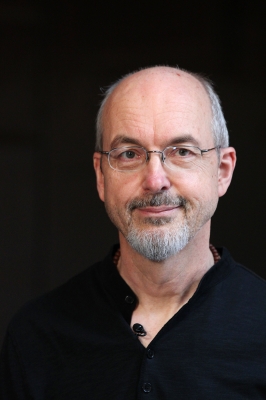
Bill Viola
-
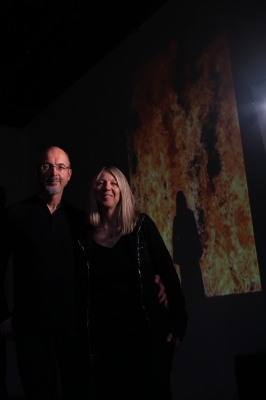
With his wife, Kira Perov
-
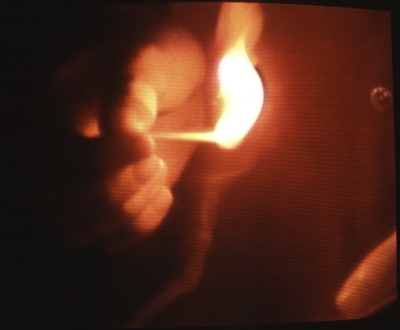
Hatsu-Yume
-
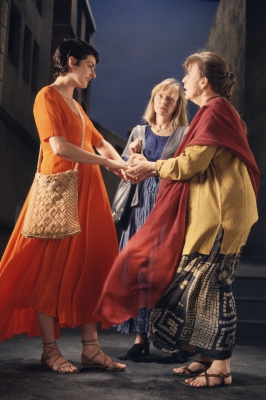
The Greeting
-
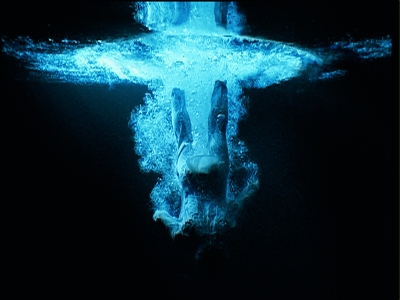
Five Angels for the Millennium
-
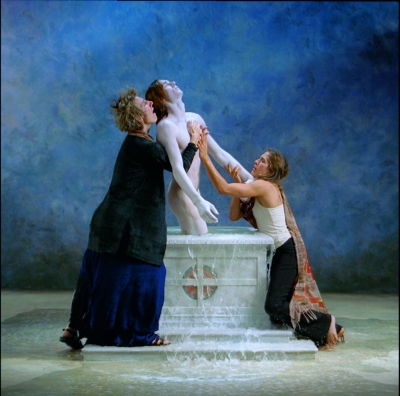
Emergence
-
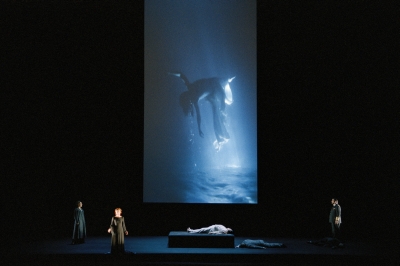
Tristan and Isolde

